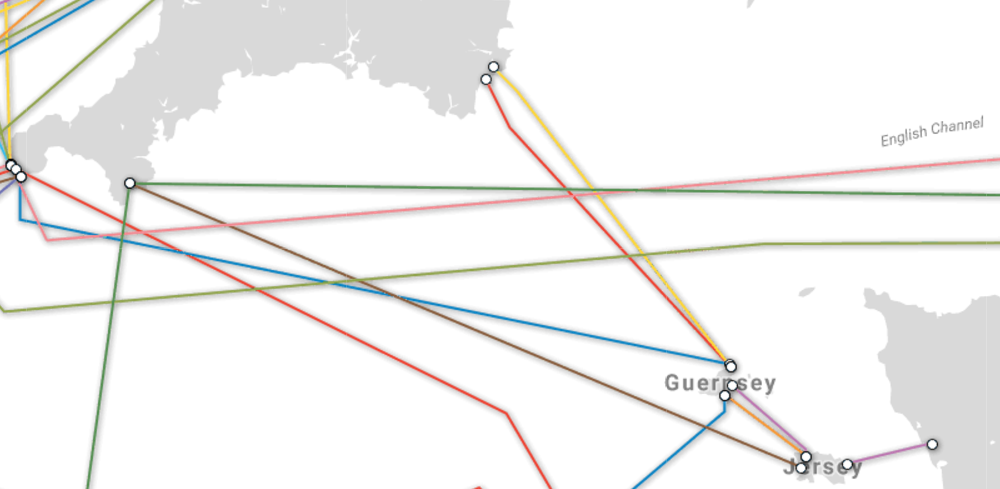Comcast Becomes the First Cable Company to Join ONOS & CORD
 It paid $500,000 to join the open source groups.
It paid $500,000 to join the open source groups.
DNS Analysis Using Wireshark
In this video, Tony Fortunato demonstrates how to use the popular network analyzer to track DNS problems.
Robotic Process Automation: Leveraging Robots In The Enterprise
RPA technology promises efficiency and cost savings. Here are some best practices.
Finding Excuses to Avoid Network Automation
My Network Automation in Enterprise Environments blog post generated the expected responses, including:
Some of the environments I am looking at have around 2000-3000 devices and 6-7 vendors for various functions and 15-20 different device platform from those vendors. I am trying to understand what all environments can Ansible scale up to and what would be an ideal environment enterprises should be looking at more enterprise grade automation/orchestration platforms while keeping in mind that platform allows extensibility.
Luckily I didn’t have to write a response – one of the readers did an excellent job:
Read more ...Not one, not two, but three undersea cables cut in Jersey
Sometime before midnight Monday (UK local time) a ship dropped its anchor and broke, not one, not two, but three undersea cables serving the island of Jersey in the English Channel. Jersey is part of the Channel Islands along with Guernsey and some smaller islands.
 Image courtesy TeleGeography Submarine Cable Map
Image courtesy TeleGeography Submarine Cable Map
These things happen and that’s not a good thing. The cut was reported on the venerable BBC news website. For the telecom operators in Jersey (JT Global) this wasn’t good news. However looking at the traffic from Cloudflare’s point of view; we can see that while the cable cut removed the direct path from London to Jersey, it was replaced by the backup path from Paris to Jersey. The move was 100% under the control of the BGP routing protocol. It's a relief that there's a fallback for when these unpredictable events happen.
Here's a look at one network on the island.
 The red traffic is being served from our London data center (the normal location for all Jersey traffic) and the blue traffic is coming from our Paris data center. The step could well be caused by either a delayed break in one of the cables or the Continue reading
The red traffic is being served from our London data center (the normal location for all Jersey traffic) and the blue traffic is coming from our Paris data center. The step could well be caused by either a delayed break in one of the cables or the Continue reading